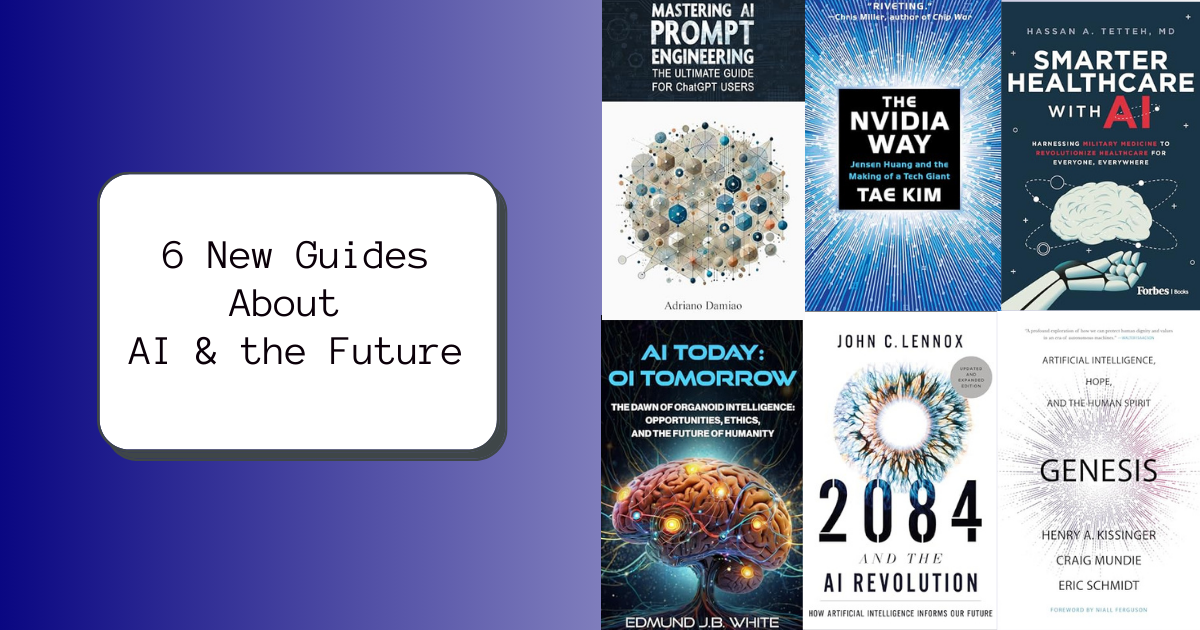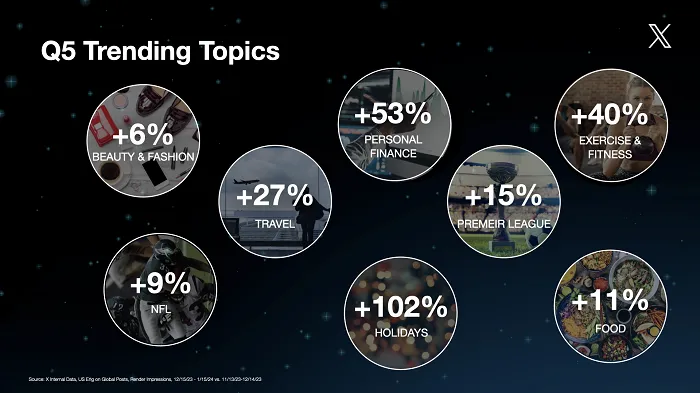Inbound and outbound marketing strategies are two types of marketing that can be used to reach out to your target audience. Inbound marketing is about attracting potential customers to your website or blog by engaging them in conversation. This might mean publishing great content that resonates with your audience, running contests or giving away valuable prizes, or simply being active on social media.
Outbound marketing, meanwhile, is all about selling your products or services to existing customers. You can use email marketing, display advertising, and even in-person marketing strategies to reach your target market. To get started on your own inbound and outbound marketing campaigns, check out our complete guide below.
Here are some tips for getting started with inbound and outbound marketing.
1. Determine Your Goals
The first step in any marketing campaign is determining your goals. What do you want your campaign to accomplish? Do you want to increase website traffic? Does it increase lead? Improve brand awareness? Once you know your goals, you can start creating targeted campaigns to help you reach them.
2. Research Your Competition
Once you know your goals, it’s essential to research your competition. What are their strategies? What are their strengths and weaknesses? By understanding your competition, you can create an Inbound and outbound marketing funnel that will give you an edge.
3. Identify Your Target Audience
Next, identify your target audience. Who is most likely to be interested in what you have to offer? Once you have identified your target audience, it’s time to start targeting them with your marketing campaigns.
4. Create Useful Content
Creating valuable content is the key to getting your target audience to engage with your brand. If you create content that isn’t relevant, you’re wasting your time and money. You want to create useful, engaging, and practical content to help your target audience solve their problems.
5. Create Personalized Messages
As part of the content creation process, write different messages for different groups of people and send them over email campaigns or through direct communication. These personalized messages help your business in a very positive way.
6. Get Social With Each Campaign You Create
Make sure you use social media platforms such as Facebook, Twitter, and LinkedIn on what you have to offer to your target audience. You need to use all these famous social media platforms to promote your brand.
7. Measure Results
Use data analysis tools such as Google Analytics to track how many people are contacting you using the different campaigns you created. If a campaign is not performing as expected, tweak it and test things again.
What Is The Difference Between Inbound And Outbound Marketing?
The main difference between inbound and outbound marketing is how you go about acquiring new customers. With inbound marketing, you focus on building relationships with potential customers who are already interested in what you have to offer. On the other hand, outbound marketing relies on trying to reach as many people as possible with your message. This can be a more expensive approach, but it can also be more effective if you target the right people.
There are several advantages to using both inbound and outbound marketing strategies together. You can maximize your chances of success by targeting different types of customers with unique messages. In addition, using both methods together can help you build a stronger relationship with your current customers. When done correctly, both inbound and outbound marketing can lead to long-term success for your business.
Benefits Of Inbound And Outbound Marketing
There are many benefits of using inbound and outbound marketing strategies. Outbound marketing is more traditional and involves advertising. On the other hand, Inbound marketing is more interactive and involves contacting customers directly.
Both methods have their benefits, but each has its advantages. Outbound marketing can be more effective because it reaches a larger audience. It can also be cheaper than inbound marketing since it doesn’t require you to contact customers directly.
Inbound marketing is also more effective because it builds relationships with your customers. Outbound marketing also has the advantage of being more familiar with people. It can also be more personal since you’re interacting with them directly. In addition, inbound marketing can be more targeted since you can target your customers precisely.
How To Use Inbound And Outbound Marketing Strategies Together?
One of the most critical aspects of marketing is understanding how to use your inbound and outbound marketing strategies together. Inbound marketing has strategies that attract customers to your business through content, social media, and search engine optimization. By doing this, you can create a more effective campaign that will reach your target audience.
On the other hand, outbound marketing refers to the methods used to promote your company to potential customers. Outbound tactics may include email campaigns, phone calls, and banner advertising.
Mixing these two strategies to reach your target audience most effectively is essential. Using both inbound and outbound marketing channels ensures that your campaign gets as many people as possible.
What Is An Example Of Inbound Marketing?
Inbound marketing uses methods like search engine optimization, social media marketing, and email marketing to attract people to your website or blog. An example of an inbound marketing strategy is creating a blog post about a new product you’re introducing, inviting people to follow your blog or subscribe to your email list, and linking to the post on your website.
What Is An Example Of Outbound Marketing?
Outbound marketing uses methods like advertising, public relations, and direct mailing to promote your products or services to people who aren’t already interested in them. An example of an outbound marketing strategy is placing an ad in a magazine, sending out press releases to local newspapers and radio stations, and sponsoring a trade show or event.
Conclusion
In today’s competitive market, every business needs to be able to harness the power of marketing to thrive. There are a variety of different inbound and outbound marketing strategies that you can use to reach your target audience, and this article has outlined both in-depth. Whether you are starting or looking to update your current marketing strategy, this guide will help you get on the right track.



























































![LinkedIn Provides Tips on How to Promote Live Events [Infographic] LinkedIn Provides Tips on How to Promote Live Events [Infographic]](https://imgproxy.divecdn.com/kA4YczoBIs8NmPBiERWa-OxzvYMz5kwjjZ6wewP8z7c/g:ce/rs:fit:770:435/Z3M6Ly9kaXZlc2l0ZS1zdG9yYWdlL2RpdmVpbWFnZS9saW5rZWRpbl9ldmVudF9hZHNfaW5mb18yLnBuZw==.webp)









